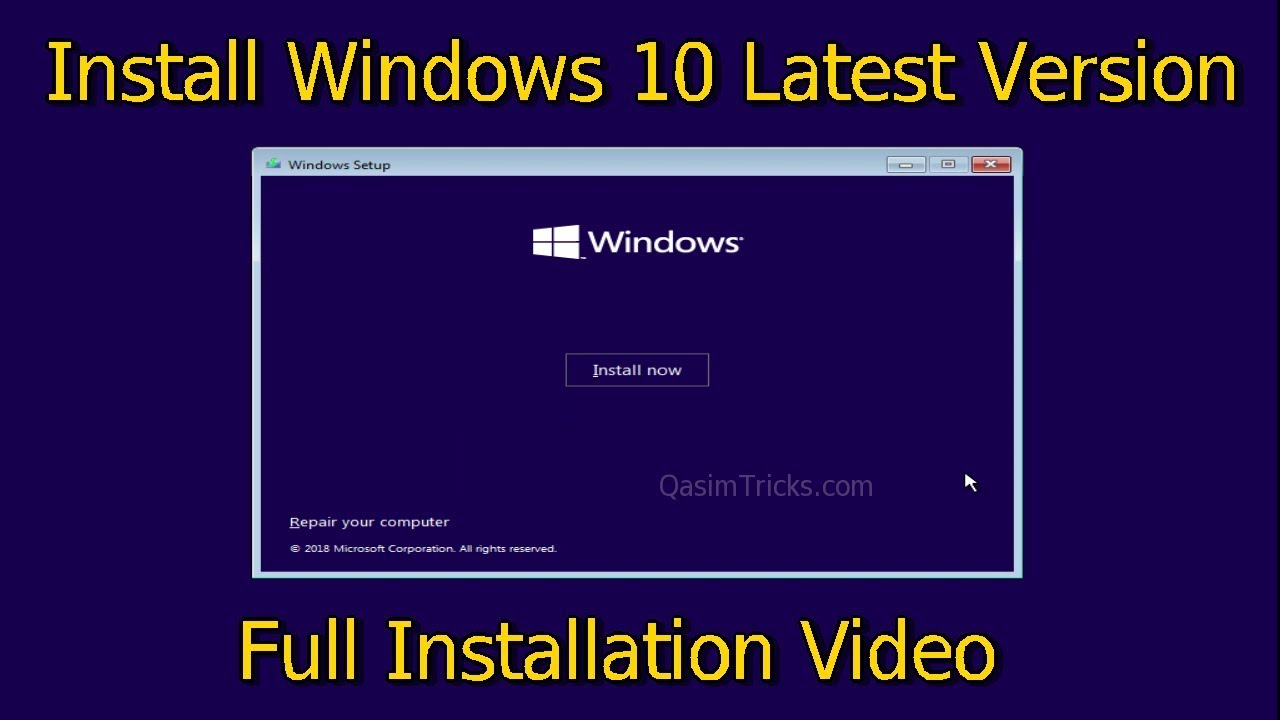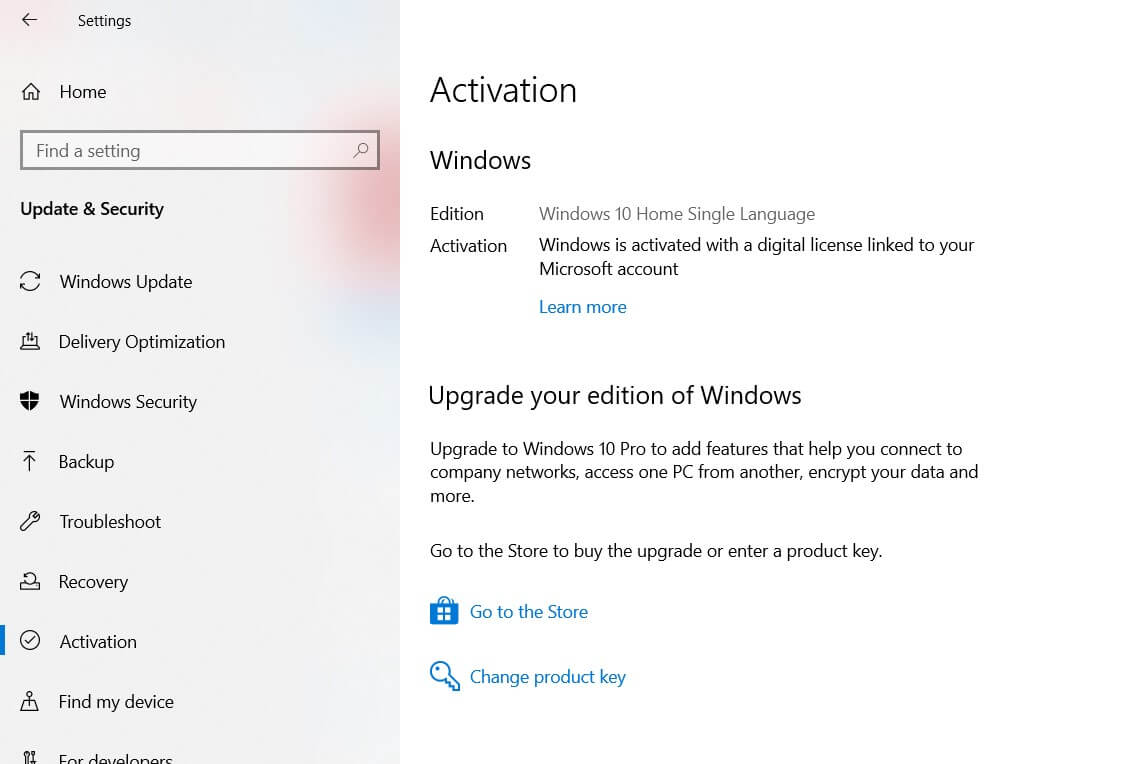

There are many tools to create USB bootable. For example, you want to install Windows 10.

Since Win10 has forced updates, I'm surprised if the system is working after installing the latest auto-updates, which bring the system up to 1803.Rufus is a software which helps in formatting a USB flash drive also to make USB bootable to install any Operating system. I tried installing 1709 on USB stick which works perfectly. Even when using an older version of the tool itself, it doesn't start and force me to download the latest version. HeiDoc was quite usefull here, since downloading special versions is a big mess on Microsofts side: The current official Media Creation tool didn't let me choose any parameters about the version. History: How I get to this problem (total about 2 days work)įound out that it works with older Win10 versions, so it seems that Microsoft break something: Working

When you're in the situation like me that you're forced to use the Windows installation (yet), it seems that you must live without VT-d. So even when you use tricks to install an older release, Microsoft will update it very soon without asking you. The best thing would be not using Windows, since Windows 10 contains forced updates. This bug exist since 1803 and altough many users seems to have trouble with it, Microsoft doesn't care about fixing this issue for several months. TLDR: Windows 10 contains a bug since months that result in non booting systems and installers when VT-d is enabled in BIOS. So MBR for a simple BIOS should be enough and I can't understand why it's not working.

But when booting the Win10 iso, I only get a black screen with blinking cursor. Having an about 10 year old i7 machine, I want to re-install Windows 10 Pro over the existing Win10 Education installation using a USB stick.


 0 kommentar(er)
0 kommentar(er)
